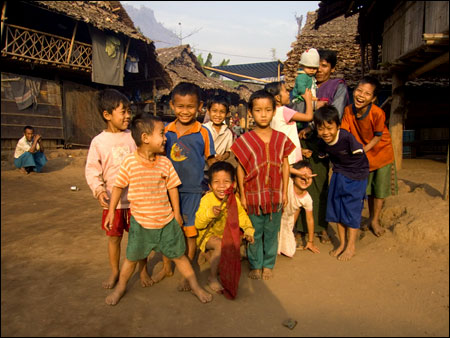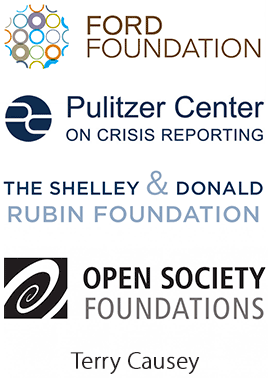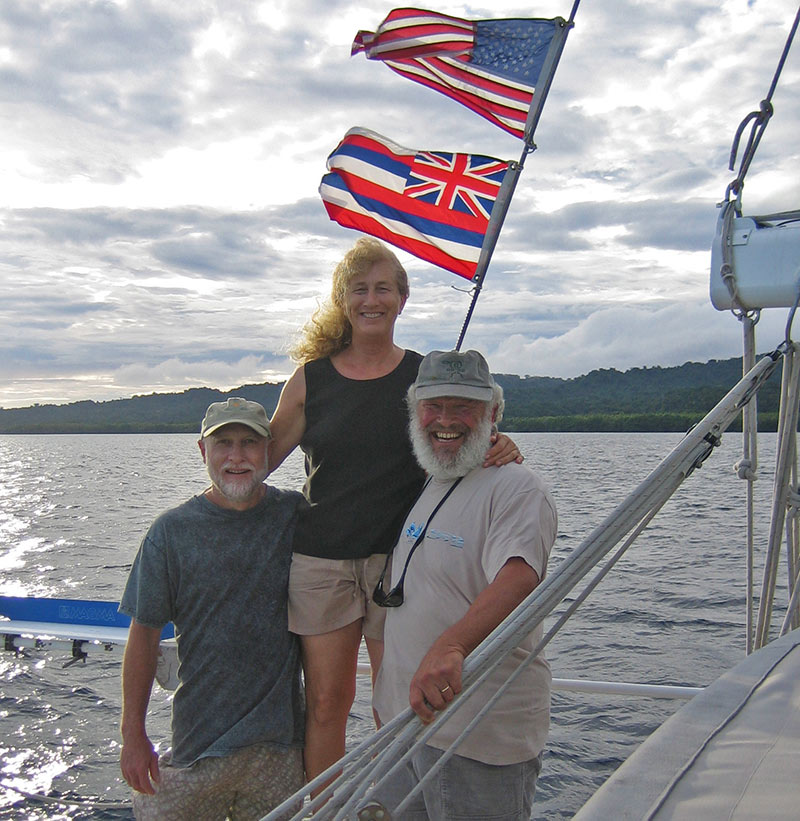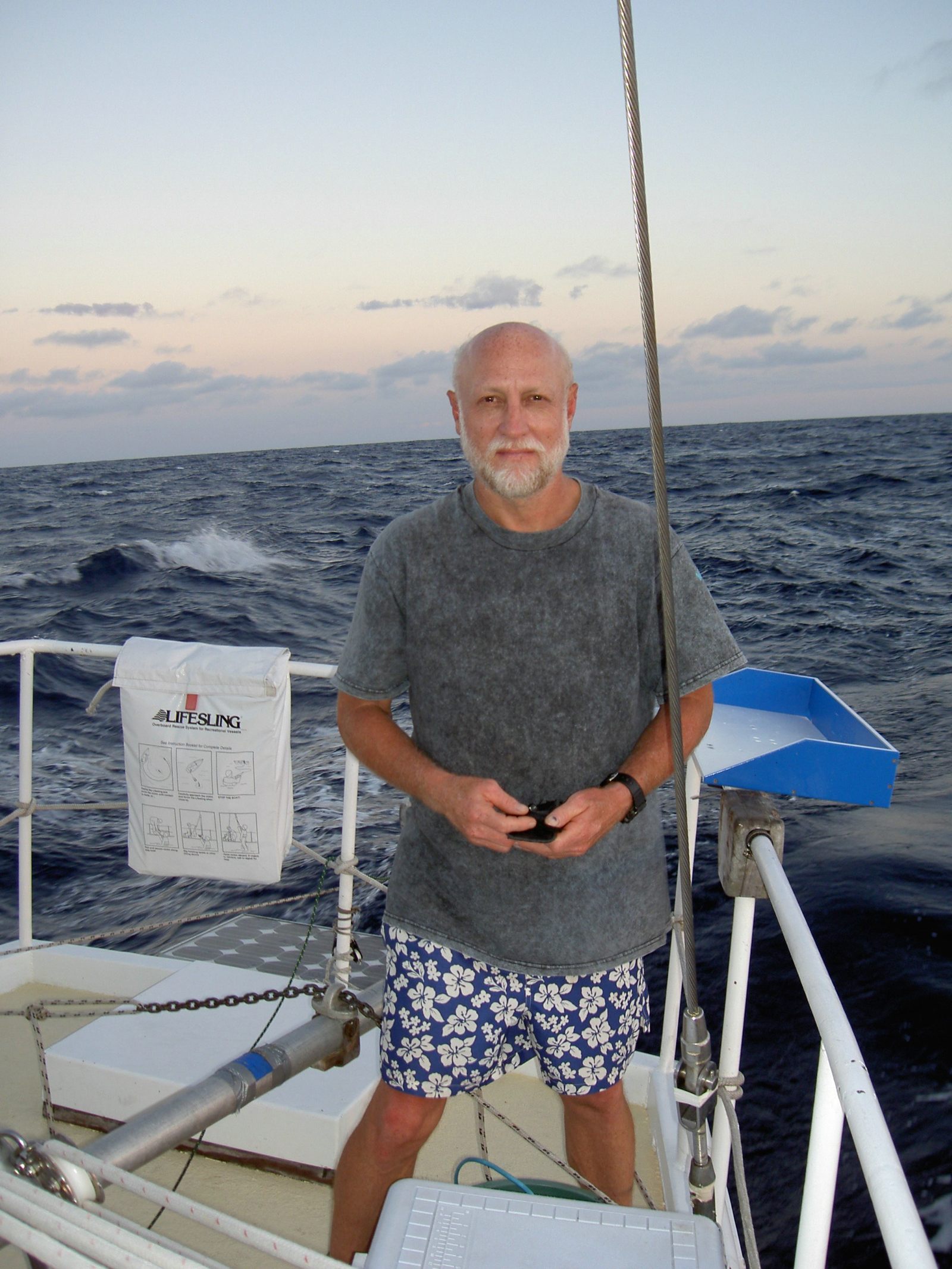BY CATHERINE BARAONG / THAILAND
PHOTOGRAPHED BY KRISTOFER DAN-BERGMAN
 Young Karen women head back to their homes in the camps.The sun shines down fiercely in Tak province. I’m on a rented bicycle peddling hard and trying to keep from going blind from the afternoon brightness and blowing dust. The world is dry and hot, with rice fields and tree-covered hills in the horizon — a far cry from the images of beaches and jungle cliffs that Thailand usually invokes.At last I reach the soi I’m supposed to turn down. It’s a quiet road in a no-name neighborhood of faded teak houses. I look around for the office I’m supposed to be visiting, but all the buildings look alike and there isn’t a sign to point me in the right direction. Children and adults mill around, peering curiously at me — I’m a stranger, and they have reason to be suspicious. We’re in Mae Sot, a Thai border town and outpost of illegal gems, timber, and drug trade, and — because of its proximity to Burma — a mixing bowl of Burmese spies, undocumented migrants, and illegally roaming refugees. During the dry season, the Burmese military clashes with the ethnic Karen people, causing waves of Karen to flee their land and cross the river into Thailand. This is where the good, the bad, and the in-between fight their battles, out of sight and underground.
Young Karen women head back to their homes in the camps.The sun shines down fiercely in Tak province. I’m on a rented bicycle peddling hard and trying to keep from going blind from the afternoon brightness and blowing dust. The world is dry and hot, with rice fields and tree-covered hills in the horizon — a far cry from the images of beaches and jungle cliffs that Thailand usually invokes.At last I reach the soi I’m supposed to turn down. It’s a quiet road in a no-name neighborhood of faded teak houses. I look around for the office I’m supposed to be visiting, but all the buildings look alike and there isn’t a sign to point me in the right direction. Children and adults mill around, peering curiously at me — I’m a stranger, and they have reason to be suspicious. We’re in Mae Sot, a Thai border town and outpost of illegal gems, timber, and drug trade, and — because of its proximity to Burma — a mixing bowl of Burmese spies, undocumented migrants, and illegally roaming refugees. During the dry season, the Burmese military clashes with the ethnic Karen people, causing waves of Karen to flee their land and cross the river into Thailand. This is where the good, the bad, and the in-between fight their battles, out of sight and underground.
A lifetime of waiting
I first learned about the Karen Women’s Organization (KWO) when I started interning last fall as a production assistant for Outer Voices, a U.S.-based radio documentary group that tells the stories of women working towards non-violent social change throughout the Pacific Islands and the Asian Pacific Rim. The KWO and their work supporting their communities in the refugee camps were to be the main subjects for our piece on the conflict in Burma.
Raku Mae was at the office of the KWO with four other young women that day. She and her friends giggled nervously in anticipation of our meeting. Since refugees are not supposed to be outside the barbed wire fences of any of the nine camps scattered along the border, if the police decided to visit the office that day on one of their “routine checks,” it would cost the equivalent of $25 or more per person to keep from being arrested. This regular charge is no small fee in a country where the United Nations Population Fund estimates that 30 percent of people live on $2 a day. Yet their biggest concern wasn’t the fact that they had snuck out of the refugee camps they live in to work in this office, but that they would have to conduct the interview with me in English (usually a second or third language after Karen, Burmese, or Thai).
Founded in 1949, the KWO was established at first as a welfare organization to support the Karen people as civil war smoldered in Burma between the Burmese military, the Tatmadaw, and the Karen National Liberation Army (KNLA). After the first wave of refugees arrived in Thailand in 1984, the KWO expanded their work to address problems that had arisen from 22 years of living in camps. As part of their efforts, the KWO established the Karen Young Women’s Leadership School to develop women’s professional skills.
Raku Mae, one of the school’s graduates, is the friendliest and by far the loudest of the bunch. She sprinkles laughter throughout her conversation and nudges others to overcome their shyness and talk. When that doesn’t work, she fills in the details for them. Raku Mae has been in Thailand the longest, having lived in camps since her family fled Karen State in 1984 during the first major exodus of the Karen from Burma. At the age of four, she fled her home with her mother and father when the Burmese military attacked their remote village. Homes, schools, churches, and rice paddies were burned to punish the community for their ties with the Karen National Union (KNU), the Karen’s governing body and the group seen as threatening the stability of Burma. After weeks of trudging through the jungle, threatened by bullets and malaria, they crossed the border into Thailand.
At 26, Raku Mae has spent nearly her entire life in the camps. Now the assistant accountant at the office in Mae Sot, where the KWO provides her with a room in exchange for her work, she first joined the KWO two years ago, learned to speak Thai and Burmese, and was trained on human rights, the environment, management, accounting, leadership, and government. Although Raku Mae has managed to develop and hone new skills, for one of the longest running refugee settlements in the world, there has been little development. She describes the endemic stagnation of life there, joking that the only thing that’s changed over all this time is her weight.

Karen women gather together for company and discussion.
A permanent state of temporary
Though the first wave of refugees did not enter Thailand until 1984, the battle that persists today began over 50 years ago, when Burma was granted independence from Britain in 1948. Despite an earlier promise from Britain of sovereignty in return for their aid in fighting the Japanese occupation during and after World War II, the Karen’s dream of their own state dissolved with the formation of the new Burmese government. Since then, Burma has been wracked by ethnic unrest and civil war, and by a military government that is unwilling to either tolerate or negotiate with those it labels insurgents.
Well-documented, systematic destruction of villages, detention, torture, rape, and forced labor by theTatmadaw created hundreds of thousands of Karen internally displaced persons (IDPs). By the early 1980s, the Tatmadaw had edged out the Karen in battle and gained control of more of their lands.Kawthoolei, the Karen homeland that once covered the eastern mountain border by Thailand and the central delta area of Burma, has eroded, the majority of it now under the rule of the junta. Those Karen unlucky enough to be in captured areas faced persecution and worse. Many left for Thailand.
When the Karen first arrived, they were not officially placed into refugee camps. “Refugees were allowed to cross over into Thailand to set up their own village-like encampments and they were encouraged to be as self-reliant as possible,” recalls Sally Thompson, Deputy Executive Director of the Thailand Burma Border Consortium, an organization that has been working on the border for the past 14 years. Because the Thai government expected the situation to be temporary, the Karen were neither allowed to plant rice nor build permanent housing, resulting in villages of bamboo shelters that had no ability to grow their staple food. International non-governmental organizations such as the Thailand Burma Border Consortium began providing basic rations, health care, and school materials. As time passed, more refugees crossed into Thailand until 30 camps were spread along the border.
After attacks on the border areas by the Burmese army between 1995 and 1998, including incidents where entire camps were burned down, the Thai authorities consolidated camps to provide better security. “We went from a situation where the largest camp was 6,000 people. Within three months it had been consolidated into 25,000, and now the largest camp has 44,000 people,” remembers Thompson. Today, over 110,000 Karen live in the nine refugee camps along the Thailand-Burma border, with the number growing as fighting continues. The situation can no longer be regarded as temporary.
Because Thailand is not a signatory to the 1951 United Nations Convention Relating to the Status of Refugees, supporting the refugees is a complicated matter. Refugees are designated “persons of concern” or “persons fleeing from fighting” by the Royal Thai Government.
“What it meant was the UNHCR [United Nations Refugee Agency] … was not actually present in the border area from the Thailand-Burma border, and it only got a mandate from the Thai authorities in 1998. And whereas elsewhere in the world UNHCR usually provides asylum to refugees, here in Thailand, it was only given a mandate for protection because the NGOs [non-governmental organizations] were already working here,” explains Thompson.
The late involvement of the UNHCR and the policy of the Royal Thai Government have affected the way that this long-standing refugee situation has been handled. Usually, under UNHCR supervision, refugees would be given temporary asylum in a second country (in this case Thailand). If the situation in their home country did not improve over time and did not have the potential to change in the near future, rendering repatriation too dangerous, the next plan would be to consider the refugees for either formal integration into the asylum society or resettlement in a third country. While there are no set time limits for how long refugee camps can or should exist under the U.N. Convention, camps under UNHCR supervision have never held refugees as long as the ones living along the Thailand-Burma border have been held, without the options of integration or resettlement. It is an open secret that the plight of the refugees has been highly influenced by the desire to maintain political and economic relations between Burma’s governing body, the State Peace and Development Council (SPDC), and the Royal Thai Government, the latter quietly tolerating the presence of the refugees for over two decades with the hope that they could be repatriated.
“It was always thought the refugees would go back to Burma. Whereas now, the situation in Burma continues to look bleak and it is unlikely that there will be any large-scale [repatriation] in the near future,” says Thompson.
It has only been since 2004 that Thailand has changed its policies to allow resettlement.
A chance for a new home
Life in the camps is an uncertain monotony. Guards and barbed wire are only the physical barriers to the Karen’s self-determined future. Inside the camps, education is available only through the tenth grade, with no prospect for formal higher education. While young children attend school, often teenagers stay at home and help around the house. With few concrete possibilities open to them, many get married and start families at an early age. Boredom and depression are inevitable. The lucky ones who are able to finish school can try to find jobs within the camps, usually as teachers or health workers. But the environment is invariably the same.
Some risk their security for a taste of freedom, sneaking out to work as day laborers on nearby farms. Others join local non-governmental organizations, like the KWO, where there are more opportunities to obtain an education. But there remains the risk of being arrested or deported. Involuntary repatriation to Burma could mean prison or even a death sentence at the hands of the SPDC for those who have been involved with political organizations while in exile.
Within the camp, income generation projects such as weaving and making handicrafts have been employed to a degree of success by the KWO. The products are then “exported” out of the camps to be sold on the outside. Nonetheless, with over 110,000 Karen refugees and the ability to include only a small percentage of the people in these projects, the majority face inactivity and insecurity.
Voluntary resettlement has been urged by many countries as a long-term solution. However, according to Thompson, it was refused for a number of reasons until 2004, when the Thai government finally agreed to a trial resettlement to the United States of a small population of refugees who had been illegally living and working in Bangkok. As a result of its success and the stalemate on the border, Thailand has been encouraged to see resettlement as a way to deal with both the large population of refugees and the constant stream of new asylees. Australia, New Zealand, Norway, Sweden, Finland, Canada, and the U.S. are the seven countries thus far interviewing applicants for entrance into their countries, where they will be given residency, jobs, and aid to start a new life. Ultimately, citizenship will be offered if they decide to stay.
Still, resettlement is not as simple a solution as it seems. Typically, a “brain drain” occurs in the camps, where the most well-trained people — leaders, teachers, and health workers — are often the ones accepted to be resettled due to their transferable skills. Those that remain are left with the task of training replacements to administer the camps. In addition, the decision to apply for resettlement is a difficult one in and of itself, trading one uncertain and difficult situation for another despite the promise of relative freedom and citizenship in the end.
“I can completely understand why people want to leave this situation, the future is so uncertain … I understand but I think it’s really tough, they know it’s not the promised land,” observes Anna DeGuzman, an American aid worker for the Burmese Medical Association in Mae Sot. “They have very meaningful work here, but in the U.S. they end up working in Wal-Mart or something, starting life all over again, no records to prove they finished university. There, they end up making sushi … whereas here they are designing training for traditional birth attendance.”
Saw Hte Hte fled Burma 14 years ago. A grandfatherly older man, he acts as the Secretary of the Karen Refugee Committee, the group of Karen refugees that oversees their fellow refugees and is in charge of administering the distribution of aid provided by the international NGOs. I ask him what he thinks about the new resettlement program and he replies, “[The Karen refugees are] quite unsure what is their future, so resettlement may be some kind of a future for them, that’s what most of them feel. Maybe it is the straw that they would like to grasp for their future.”
“Some young people born in the camps as refugees, they didn’t even know where they came from, which country, which place, they don’t know — they have never been there. They are born in the camps, and as [far as] most people are concerned, it is their future, and let’s say the military government in Burma disowned these people, these refugees, these people in the camps,” he continues.
“Let’s say they are people without any identity … As a refugee, what would be your choice for your future?”

Children in the camp are excited to see someone new.
A future in the works
For Raku Mae, who does not have authorization to leave her home at Noh Po Camp, the knowledge that she lives in a different reality is permanent. “For security, [it’s] very strict for us, because we are here illegal, not legal, so we have to pay a lot,” she sighs. To travel from the camp to the office, it costs her between 15 to 20 times the fare paid by Thais to ride the same route because of the unofficial fees she must pay to get through the military checkpoints along the road. “It is very difficult to travel … We don’t have money.” Later, she recalls a Thai police raid on the KWO office when a group of students and their English teacher, an American volunteer, were taken across the border into Burma in an unofficial expulsion from the country. Though they were allowed to return after one day, incidents like this further underline the unpredictability of their situation.
Despite everything, Raku Mae and her friends cannot fathom leaving their work in the border area. Cho Cho, 24, is a trainer for the KWO who is learning about subjects like democracy, federalism, constitutional law, and human rights, and then transferring the knowledge to other Karen. Her hopes are still high that her work may bring about improvements in her country. “I hope to change [the] government inside Burma, because I want to come back inside Burma.” She sees herself as indispensable to her people. Resettling would be equal to deserting her people and their plight, even though her own future would be much brighter if she left.
Young and intelligent, Cho Cho would have a good chance of attending university if she left, and likely would be able to pursue her dream of being a lawyer. If she stays, biding her time for freedom in Burma, she loses this opportunity forever. Even if Burma someday becomes the democratic country she longs for, her whole life will be devoted to reconstructing the country — with no time to pursue the sacrificed desires for her own future. Yet her idealism runs strong. “I want to learn,” she says, “so that when the time comes, I will be here to help my people know their rights and to know what they should ask for themselves … If they know their rights, they can do anything.”
TOPICS: Conflict Resolution, Ethnic Minorities.



